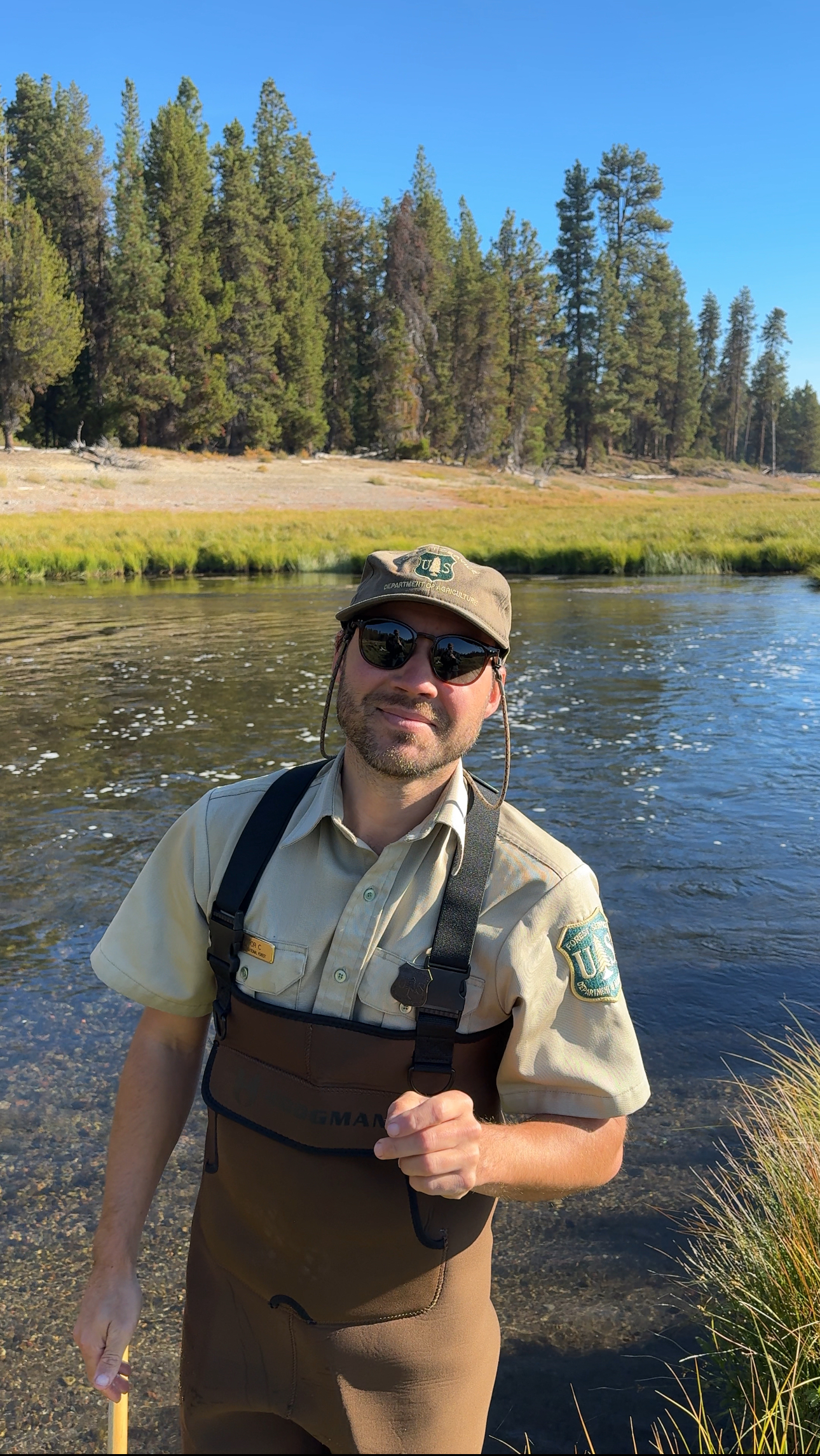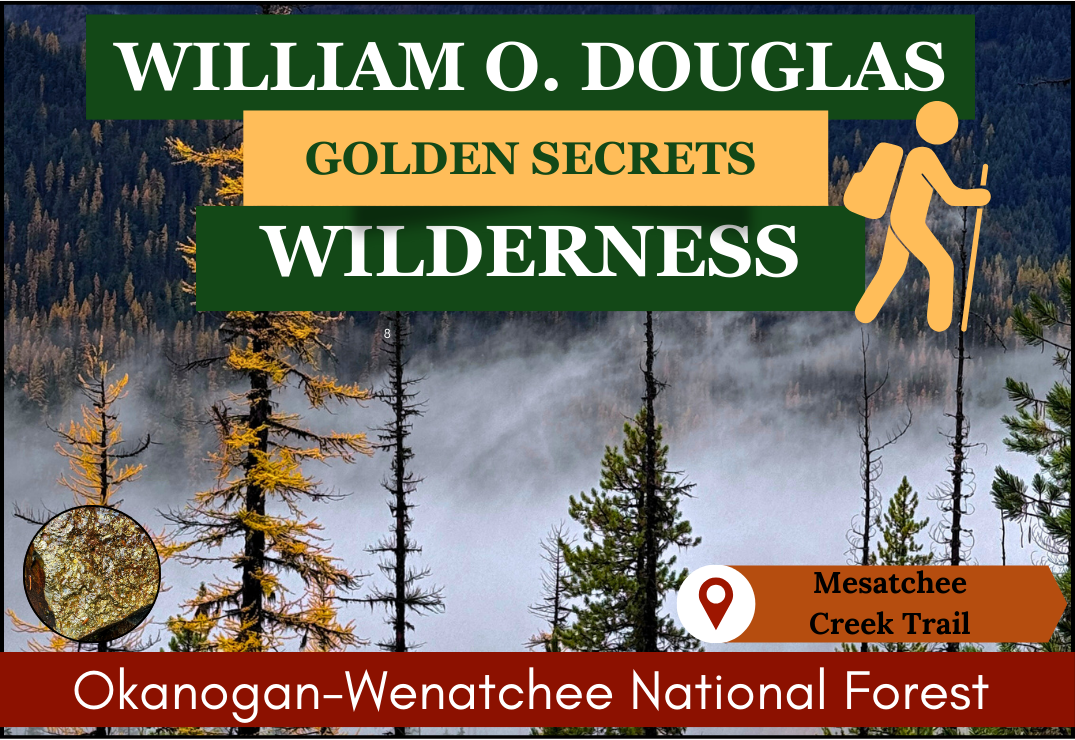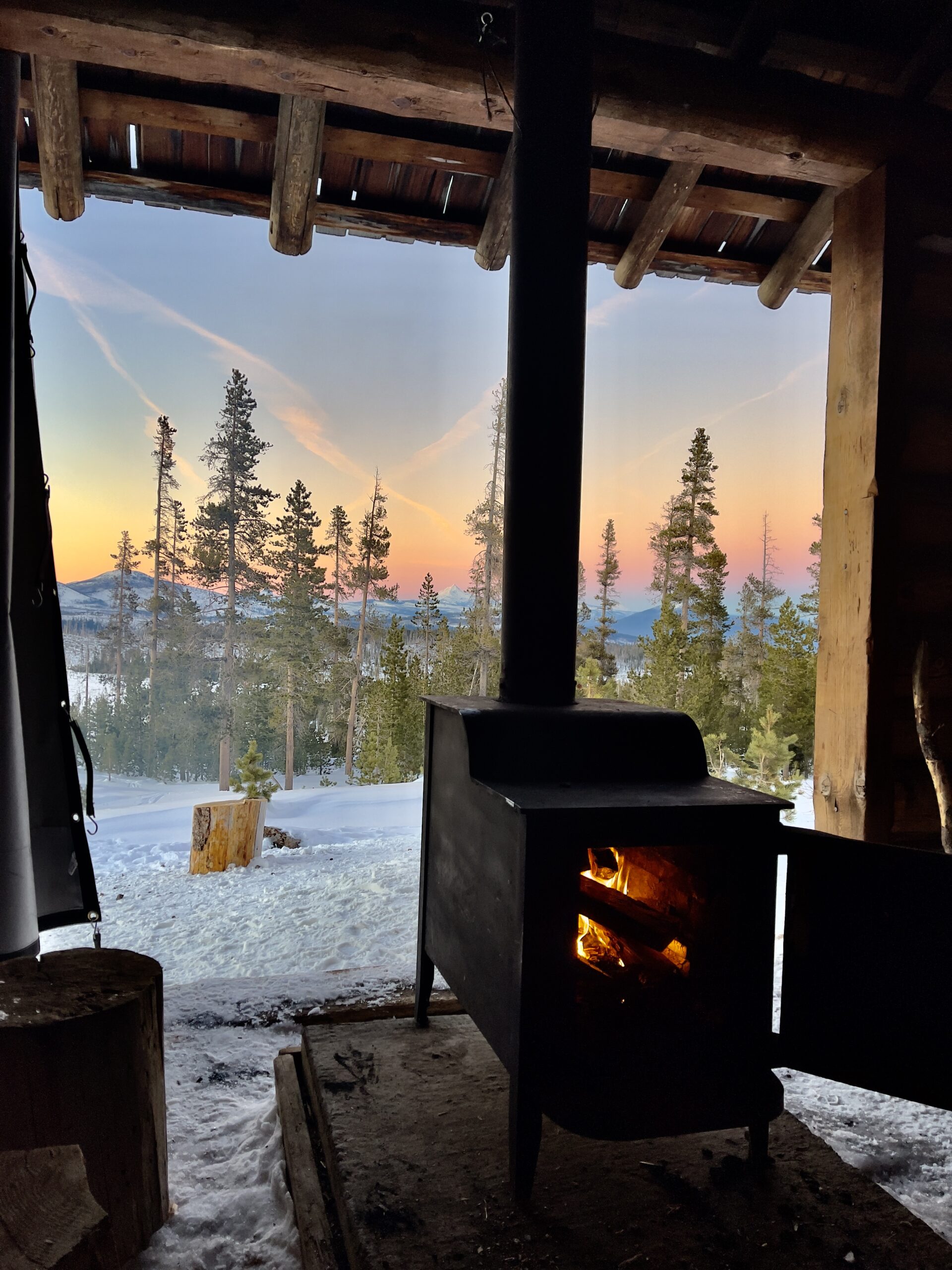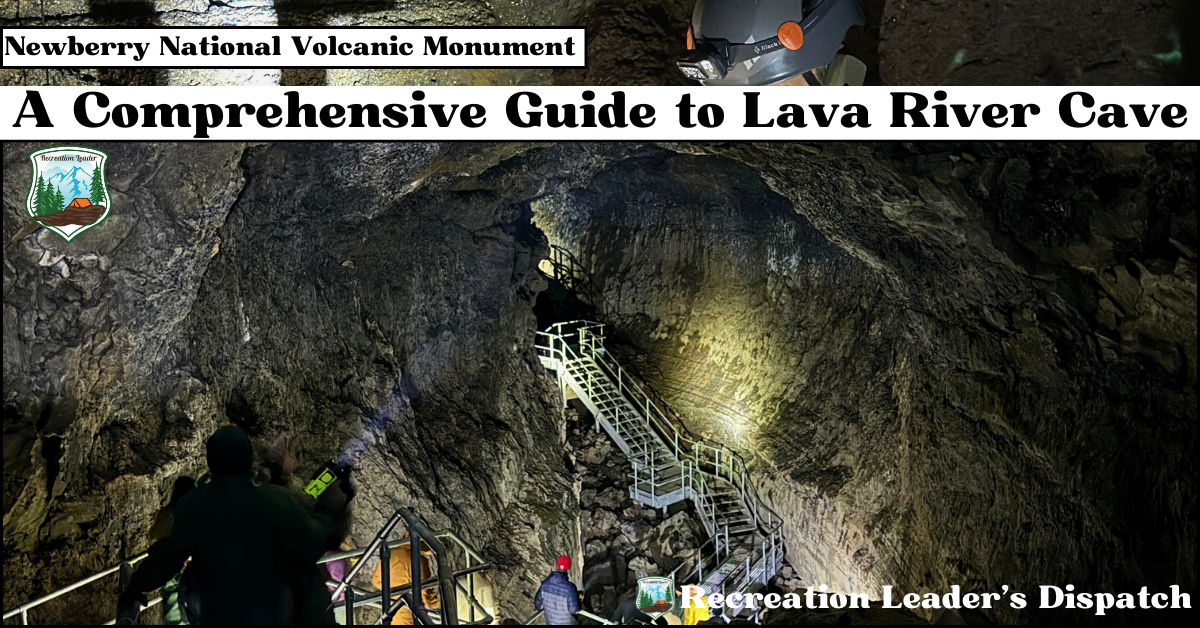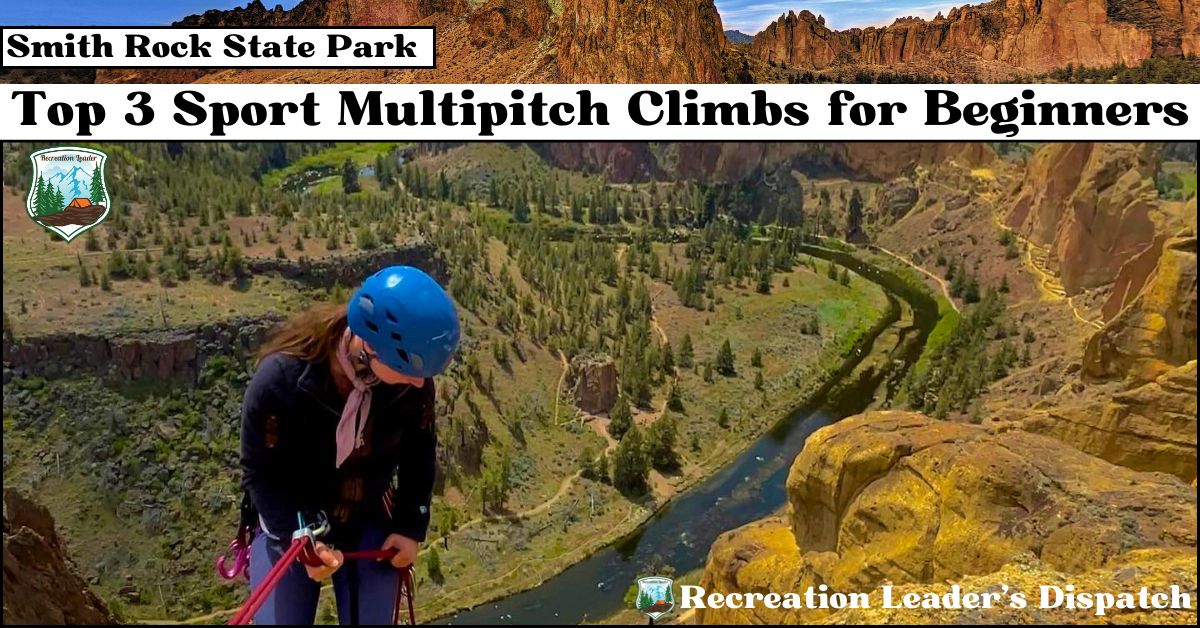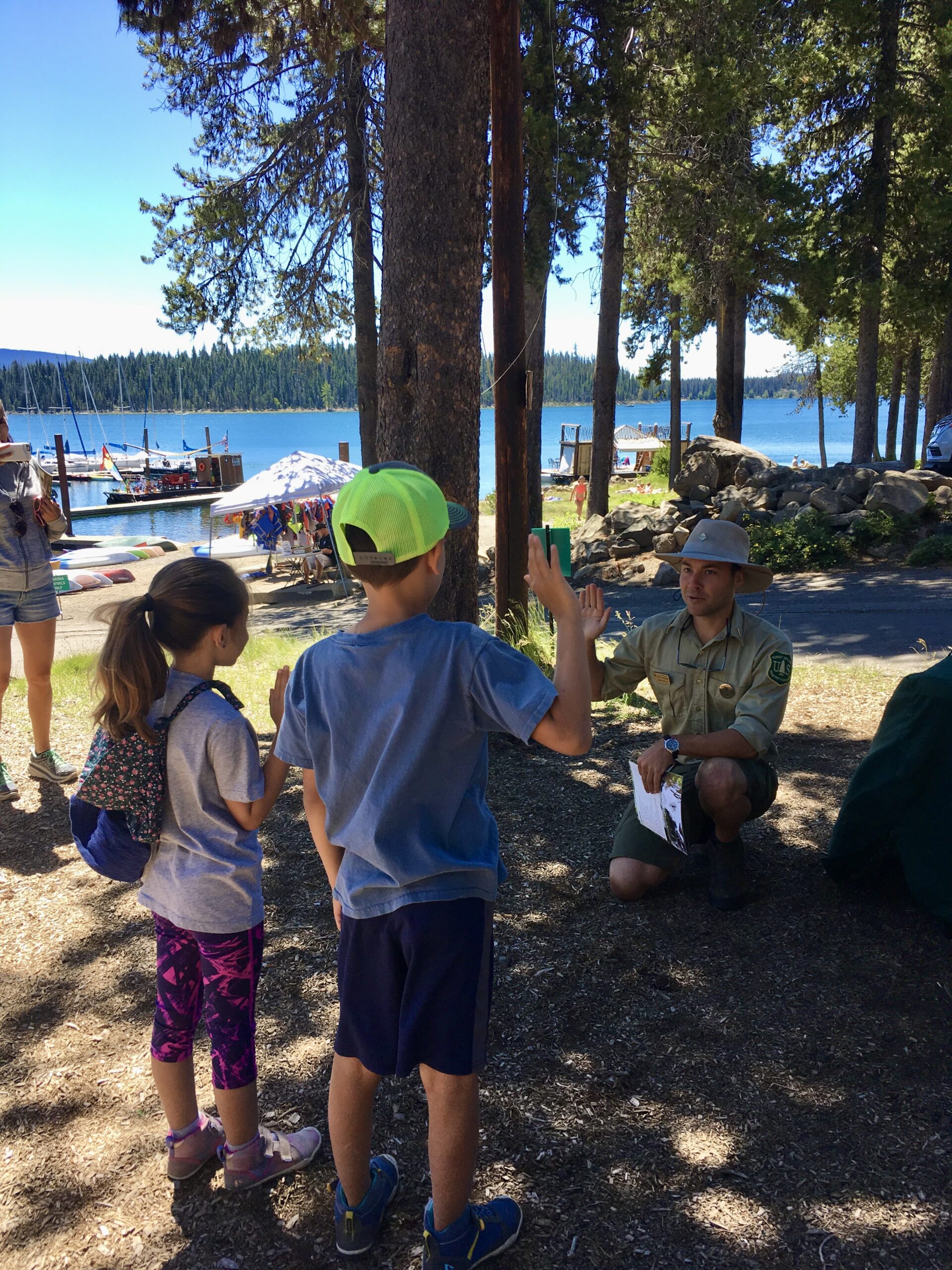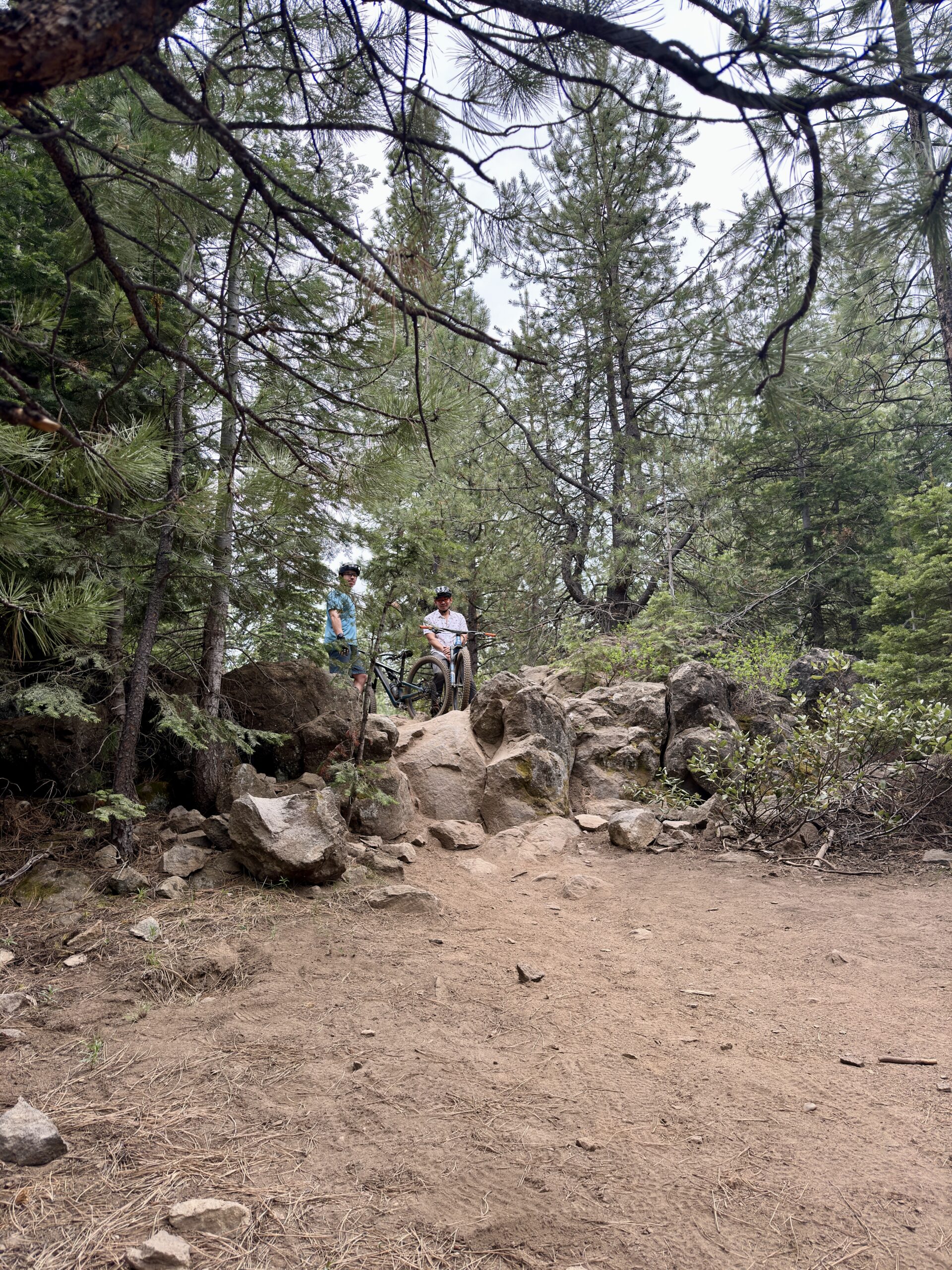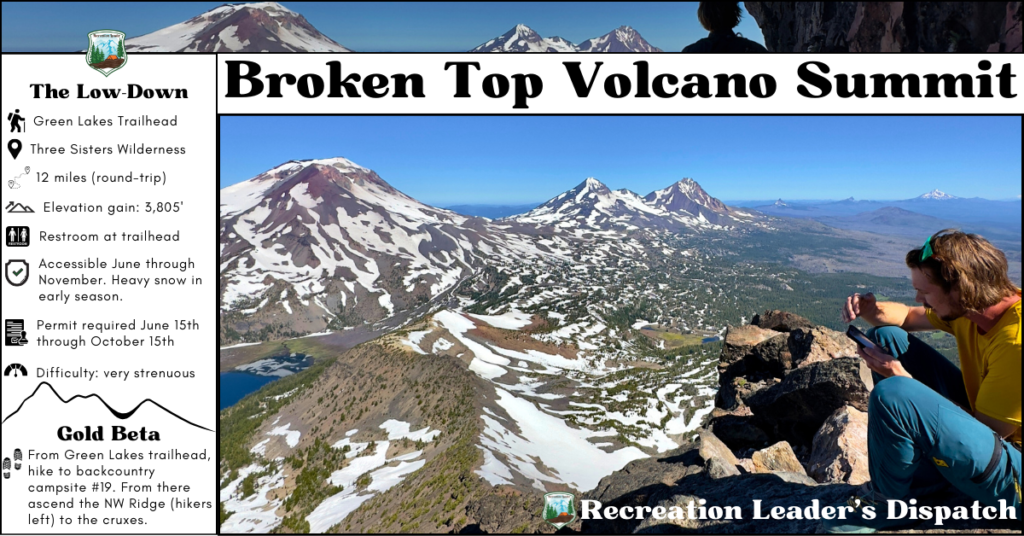
Quick Overview (Rough Draft**)
- Location: Three Sisters Wilderness, Deschutes National Forest, Oregon
- Nearest Town: Bend, Oregon
- Distance: 12 miles (round-trip)
- Type of Trail: Out-and-back
- Elevation Gain: 3,805
- Best Time of Year to Access: Late July to September (when snow has melted)
- Permit Required: Yes (June 15th – October 15th), click here for permit information
- Dogs Allowed: Yes! Just be mindful of other visitors, wildlife, and the rocky terrain. And remember, leaving a dog poop bag behind with plans to pick it up later is still littering and not very kind to others! Thanks for taking it with you and keeping the trails beautiful! 😊
Exclusive Recreation Leader Beta 👇
For exclusive downloadable maps, trail guides, secret trail tips, and insider information to help you plan your summit, check out our Recreation Leader Member section. (Coming Soon)
Follow the 7 #LeadInNature Ethos
When summiting Broken Top, get inspired and lead the 7 #LeadInNature Ethos for a respectful and fulfilling adventure. For a quick overview:
- Immerse Yourself in Outdoor Recreation
- Learn About Natural & Cultural History
- Understand Recreation Ecology
- Lead by Example
- Establish or Join Outdoor Communities
- Volunteer and Give Back
- Stay Curious
For the full breakdown, click here.
Relevant Tags
Waterfall, Lake, Views, Rock Scramble, Challenging, Wildlife
Detailed Overview
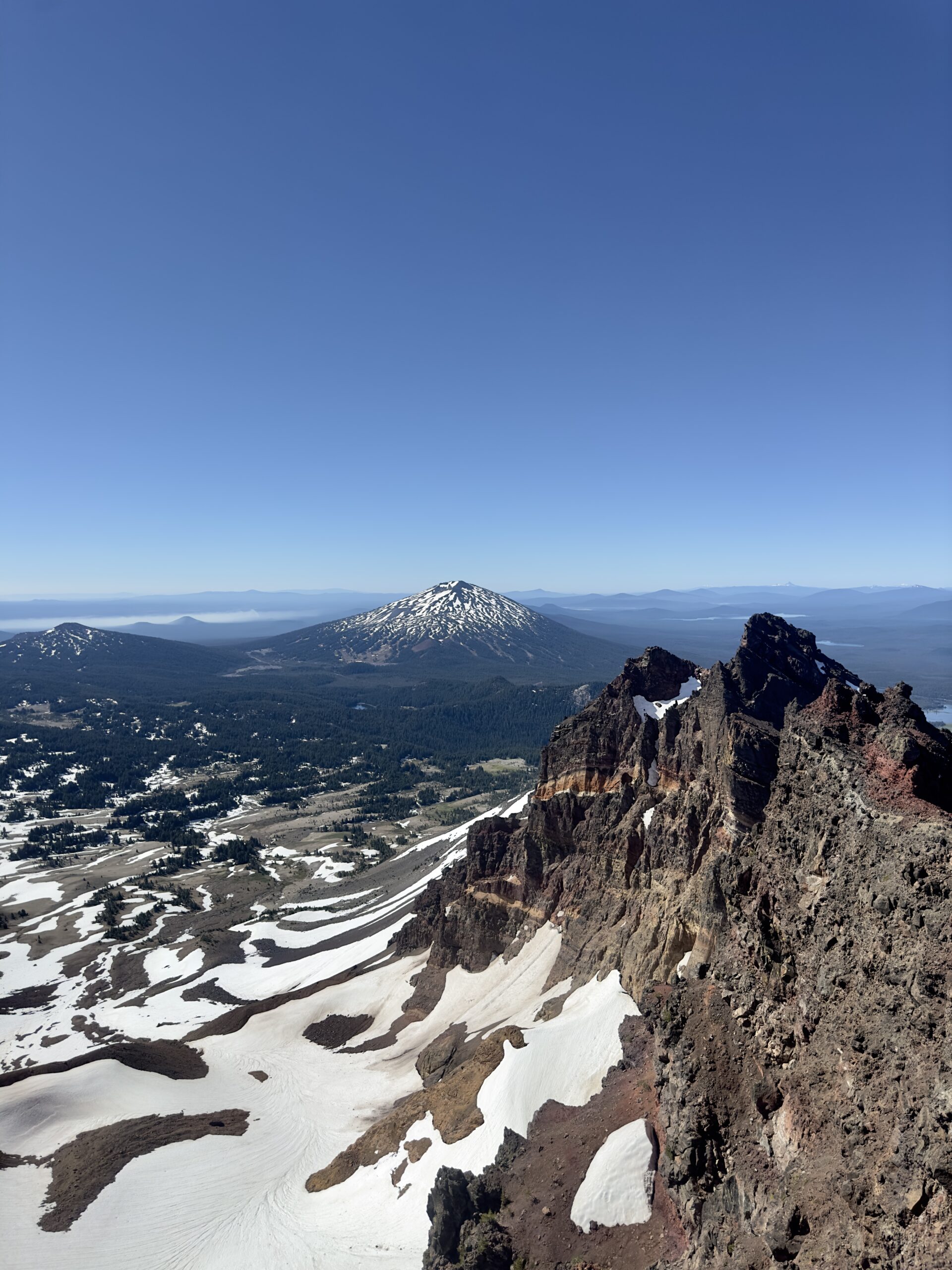
Geological History
Broken Top is a complex stratovolcano located in the Cascade Range of Central Oregon. It formed around half a million years ago and has a complex history of eruptions, subsidence, and uplift. The earliest stage of the volcano’s development was characterized by the formation of a shield volcano; a broad, gently sloping cone built by eruptions of lava flows and pyroclastic debris. Over time, the shield volcano grew and became more steep-sided as explosive eruptions built a cone-shaped stratovolcano. Glaciers then swept over the area, receded, and carved out the jagged peaks and the cirque on its south slope 🧊
For more information on Broken Top Volcano, visit USGS’s website.
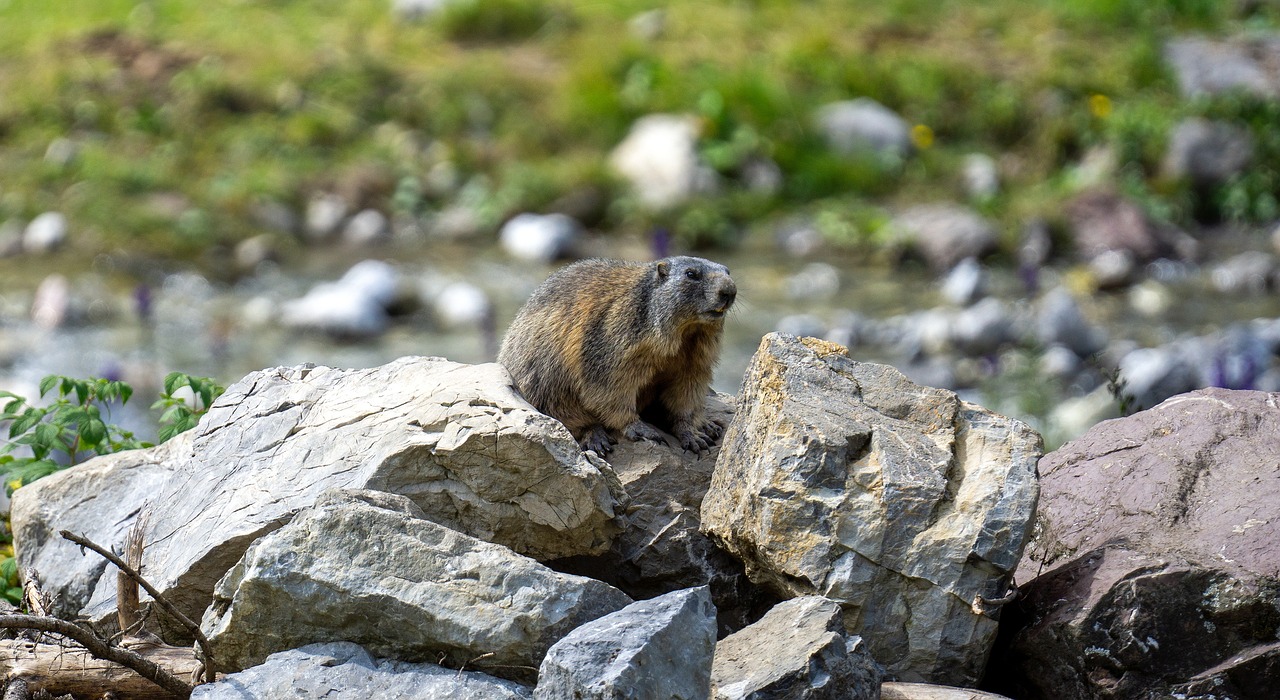
Natural History
Fauna
The wildlife on Broken Top has that rugged, wild vibe you’d expect from a place this dramatic. Keep your eyes peeled for mule deer grazing the alpine meadows—they’re practically mountain royalty around here. If you’re really lucky, you might spot a Sierra Nevada red fox slinking through the brush or catch the call of a northern goshawk slicing through the wind. And let’s not forget the American pika, those little alpine “whistlers” you’ll hear before you see, darting between rocks and storing up snacks for winter. Black bears also roam these woods—don’t worry, they’re shy and would rather avoid you altogether. Bird lovers, rejoice! Red-tailed hawks and golden eagles own the skies, and you might even spy a peregrine falcon riding the wind. Oh, and don’t forget to glance into the alpine lakes for a possible sighting of long-toed salamanders. They’re the quiet dwellers of this volcanic terrain.
Flora
The plant life here? It’s like a celebration of nature’s resilience, especially given how tough the environment can be. Lower down, you’ll be strolling through forests of lodgepole pine and mountain hemlock—strong, stoic types. But as you climb, it’s like you’ve stepped into a wildflower paradise during the summer months. Lupine, Indian paintbrush, and dwarf monkeyflower are just a few of the brilliant blooms carpeting the alpine meadows. Watch your step, though—you might find the rare Pumice Moonwort growing quietly on the slopes. Ground cover like kinnikinnick and western pasque flower work hard to keep things anchored in the loose volcanic soil. And if you’re into foraging, those pockets of wild huckleberries are like nature’s candy—just remember to leave some for the critters.
Funga
Fungi fans, Broken Top doesn’t disappoint! When the conditions are right, the forest floors come alive with species like Chanterelles, Morels, and King Boletes—treasures for any forager in the know. These little guys play an essential role in breaking down organic matter and keeping the soil rich. Mycorrhizal fungi, such as Russula and Amanita, are working their magic underground, creating vital partnerships with the trees. Remember, not all mushrooms are friendly, so take only pictures if you’re not 100% sure what you’ve found.
Insects
Insects here are like nature’s small but mighty cleanup crew. Sure, they’re tiny, but they run the show in their own way. You’ll spot a variety of butterflies—Monarchs and Western Swallowtails flitting around the meadows like they own the place. Down in the rocky terrain, beetles (including the cool-as-they-come longhorn beetle) scuttle about, while dragonflies hover around any patches of water, patrolling like mini helicopters. And, yes, there are scorpions around here, too—Northern Scorpions—which thrive in the drier parts of the region. Just watch where you put your hands when scrambling over rocks! These critters are an important part of the ecosystem, keeping it all in balance.
Explore More: Download the Broken Top Identification Guide
Want to dive deeper into the flora, fauna, funga, and insects of Broken Top? You can download our comprehensive Identification Guide to help you identify the incredible species you’ll encounter along the way. The guide is available for a small fee, but if you’re a member of Recreation Leader, you can download it for free! By purchasing or downloading this guide, you’re supporting our mission to inspire and educate others about the wonders of the natural world. Thank you for your support, and enjoy your adventure with expert insights on the natural history of this volcanic landscape!
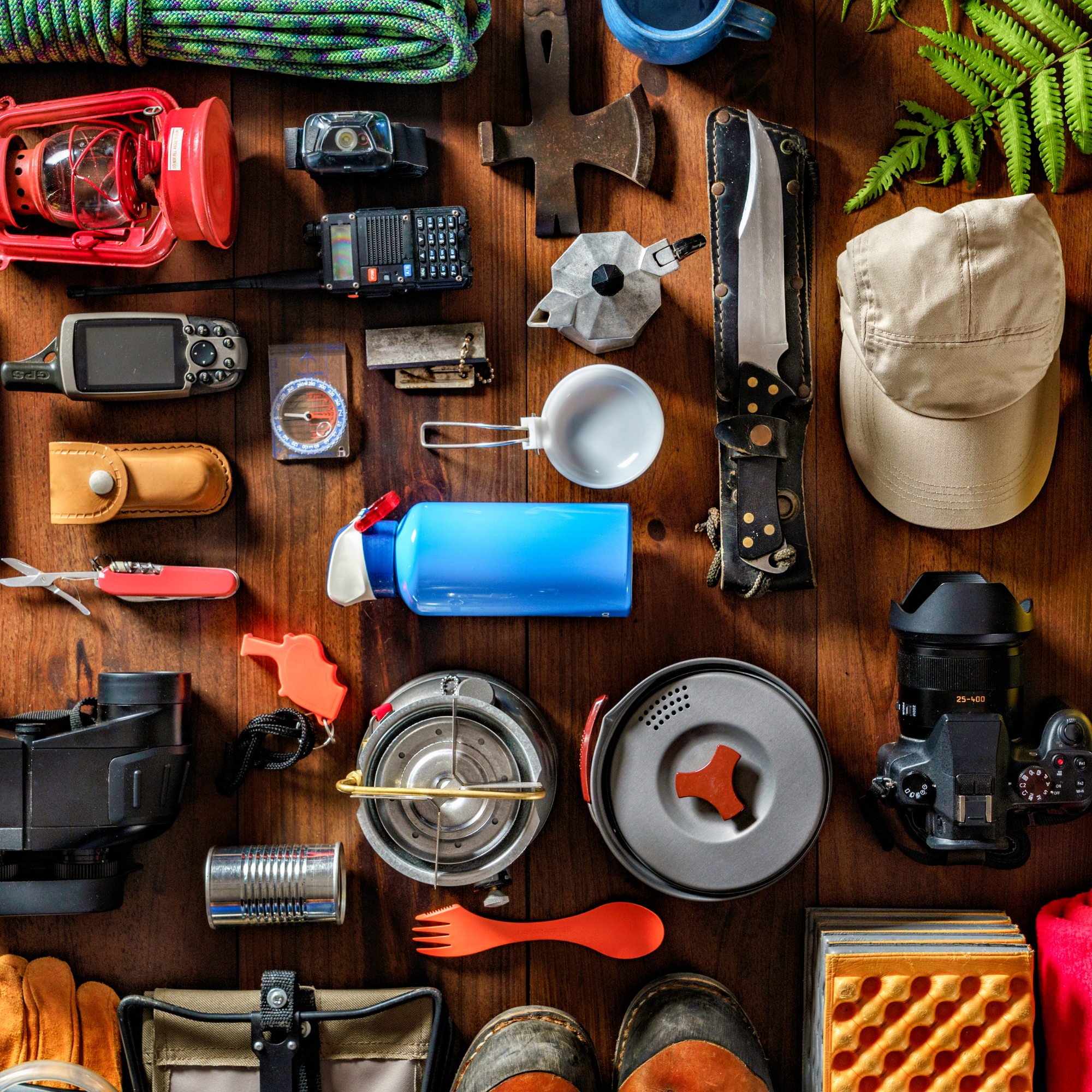
Gear Needed
As a Wilderness Ranger, I’ve used (insert gear recommendations) to summit Broken Top successfully. Here’s what you’ll need for a safe and enjoyable hike:
- Sturdy hiking boots
- Layers for warmth
- Plenty of water (no potable water sources on the trail)
- Navigation tools (GPS, maps)
- Safety gear (e.g., first aid kit, bear spray)
Affiliate marketing links to gear
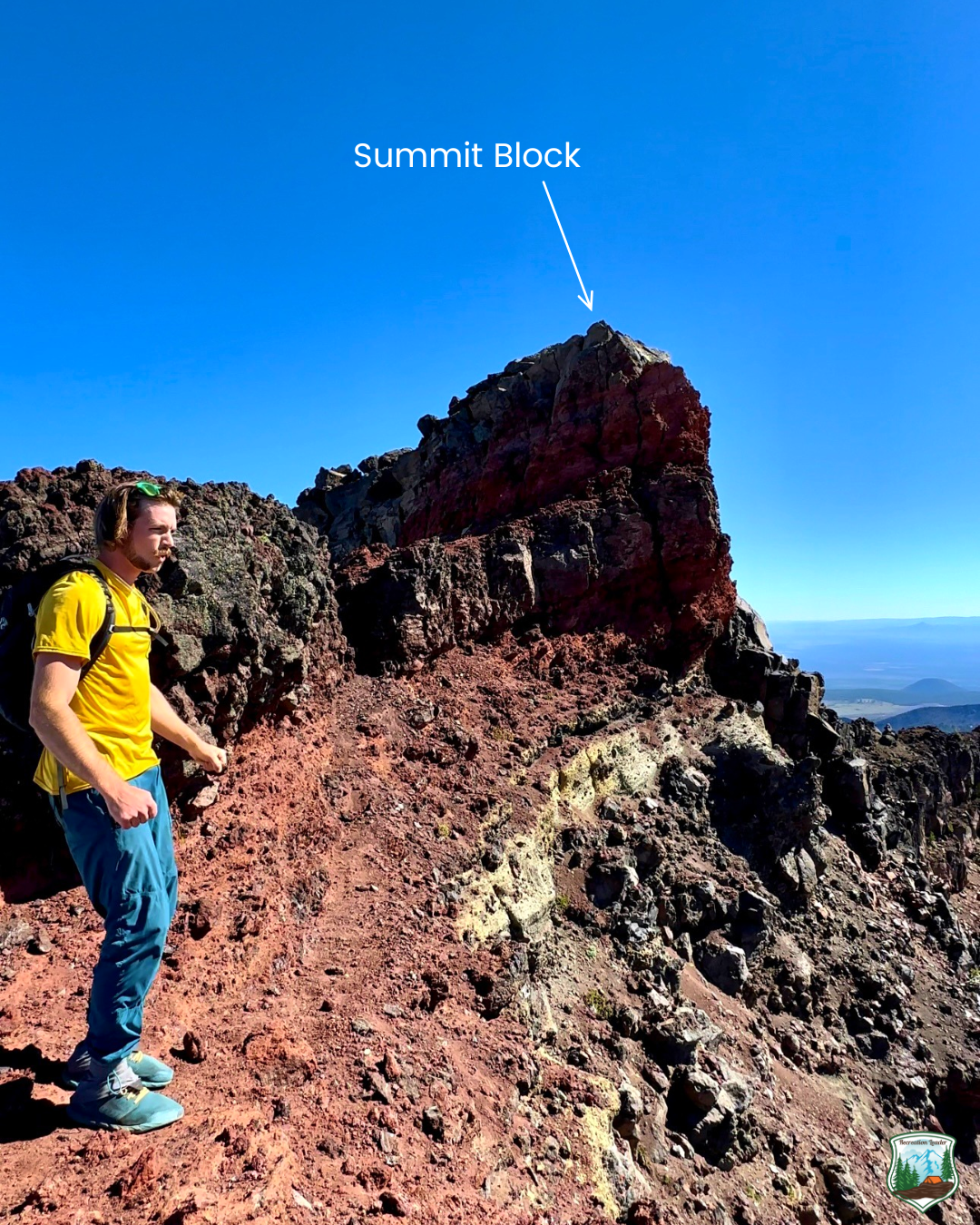
Step-by-Step Guide
- Start at the Trailhead (Include photo) Follow the marked trail towards the first junction. You’ll start gaining elevation quickly.
- The First Vista (Include photo) After 2 miles, you’ll be rewarded with sweeping views of South Sister and the Cascades. Take a break and soak in the scenery.
- Rock Scramble to the Summit (Include photo) The final push involves some rock scrambling. Watch your footing, and take it slow as the wind can be intense here.
- Summit Viewpoint (Include photo) Enjoy panoramic views of the surrounding volcanic landscape.
Love Our Guide? Help Support Our Cause!
If you found this guide helpful, consider donating to help us continue creating educational outdoor content and conservation efforts in Oregon’s wild spaces. [Donate here](link to donation page).

